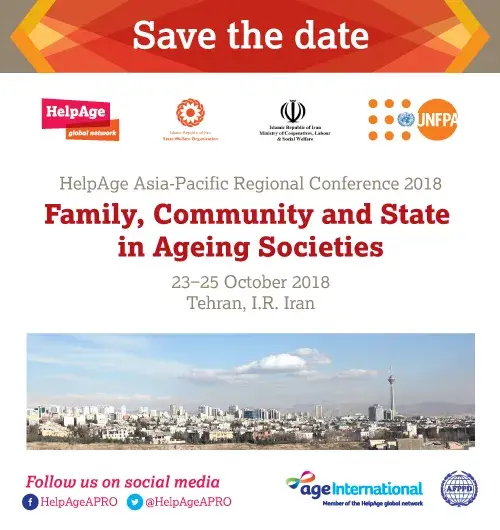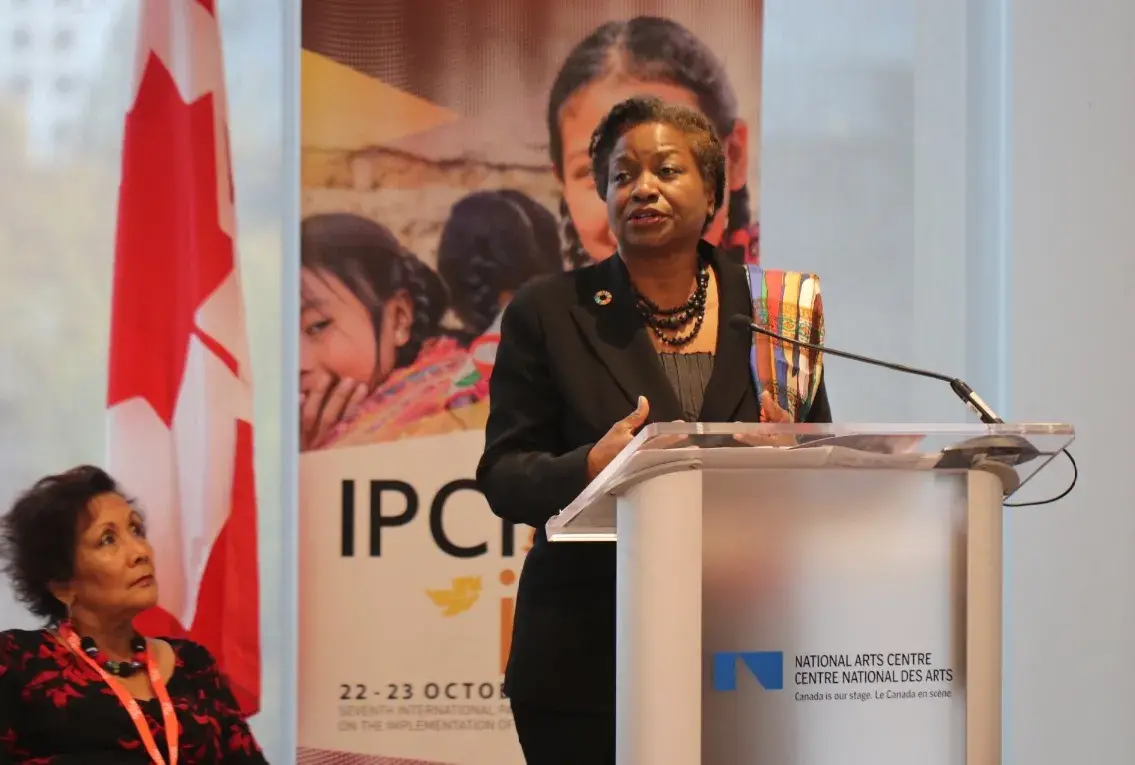In a groundbreaking effort to address the critical public health needs of women and girls during disasters and emergencies, the United Nations Population Fund (UNFPA) Iran has supported a comprehensive mapping initiative. The study, which reviews national, provincial, and key health authorities' disaster plans, aims to evaluate the incorporation of Reproductive Health (RH) services in emergency responses.
Major disasters and emergencies can have profound effects on public health, health infrastructure, and the delivery of healthcare services to affected populations. Recognizing the vulnerability of women and girls in such situations, the study sheds light on their increased risks, including unintended pregnancies, maternal deaths and disabilities, gender-based violence (GBV), unsafe abortions, sexually transmitted infections (STIs), HIV, and psychosocial issues.
The roles of various governmental and public organizations responsible for healthcare, such as the Ministry of Health and Medical Education (MoHME), the Iranian Red Crescent Society (IRCS), and Iran's Welfare Organization, are outlined in the document. While the National Disaster Management Strategic Plan emphasizes responding to the needs of vulnerable groups, the study identifies a major challenge related to the integration of RH into the National Disaster Risk Reduction Program and the National Preparedness and Response Programme.
The study applauds the National Reconstruction and Rehabilitation program, a part of the National Disaster Management Strategic Plan, for its comprehensive approach to addressing the needs of women and girls during disasters. Critical RH services, including those related to sexually transmitted infections, gender-based violence, maternal care, and psychosocial support, have been incorporated into this program.
The study urges the need for approved Emergency Operation Plans (EOPs) tailored to the diverse hazards, vulnerabilities, and capacities across different provinces. Localizing EOPs to align with each region's culture, traditions, and available resources could enhance their acceptance and effectiveness, making implementation more community-based and ensuring the success of response activities.
This study marks a crucial step toward ensuring that RH services are systematically integrated into national and provincial disaster plans, ultimately safeguarding the health and well-being of women and girls in times of crisis.





